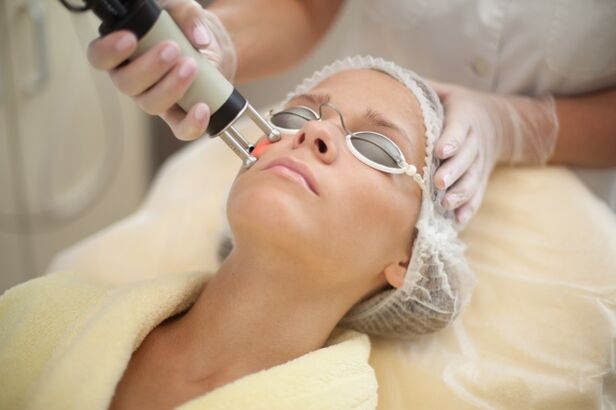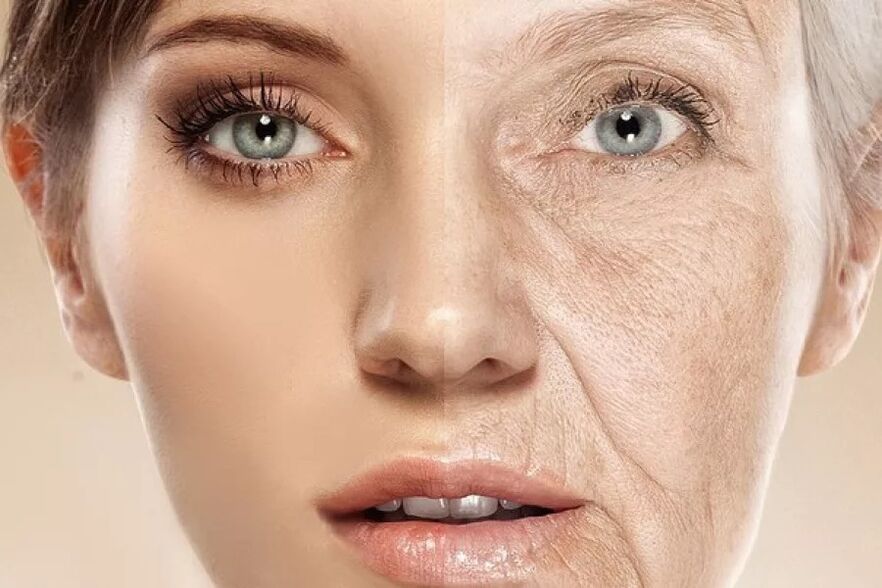Aesthetic defects and age-related changes in the skin can cause serious moral complaints. Especially when it comes to women who want to remain attractive and desirable for as long as possible. And while scientists have failed to unravel the mystery of "eternal youth, " there is still some progress. We are specifically talking about fractional non-ablative tapering - a non-surgical corrective technique that involves exposing tissue to a laser.

Phases of the non-ablative rejuvenation process
The technology is based on the conversion of light energy into heat. The laser beam penetrates under the skin and heats the tissue to 45-86 ° C, thereby provoking partial evaporation of the liquid in a volume that stimulates the natural metabolic and biochemical reactions in the cellular and extracellular matrix of the skin. In addition, the process of neocollagenesis is initiated in the processing zones - the formation of new collagen fibers, which are responsible for the elasticity and firmness of the skin. In addition, the radiation is absorbed by the chromophores of the skin and penetrates the dermis, bypassing the epidermis, which creates an additional antibacterial effect.
The procedure of non-ablative laser rejuvenation is absolutely painless, is carried out without anesthesia and does not cause pain or discomfort. In addition, it is widely used as the main method of correcting age-related changes on particularly sensitive areas of the skin - the neck, around the eyes, etc. To achieve a visible effect, 3-4 sessions with an interval of 2-3 days are sufficient. In the period between procedures, you should adhere to the recommendations of the specialist in order to consolidate the positive results.

Indications and contraindications for
Fractional non-ablative correction is prescribed for:
- Increased porosity, pasty skin;
- The sunken appearance of the face (the effect of "fatigue");
- Weak manifestations of hyperpigmentation or hyperkeratosis;
- The appearance of the first facial expressions, mesh, linear folds;
- Loss of turgor, skin tone in open areas (neck, cleavage);
- Visible dilation of the subcutaneous vessels;
- Loss of a natural, healthy complexion;
- Severe dehydration of the skin;
- Acne and Post Acne Treatment.
It should be noted that, despite the painlessness and safety, the procedure has a number of contraindications, the list of which includes:
- Infectious diseases of the skin;
- The manifestation of lesions in the places of processing;
- Part of chronic diseases of the nervous, cardiovascular system;
- Mental or neurological illnesses;
- Photosensitivity.
During pregnancy and breastfeeding, you should consult your doctor before the procedure.























